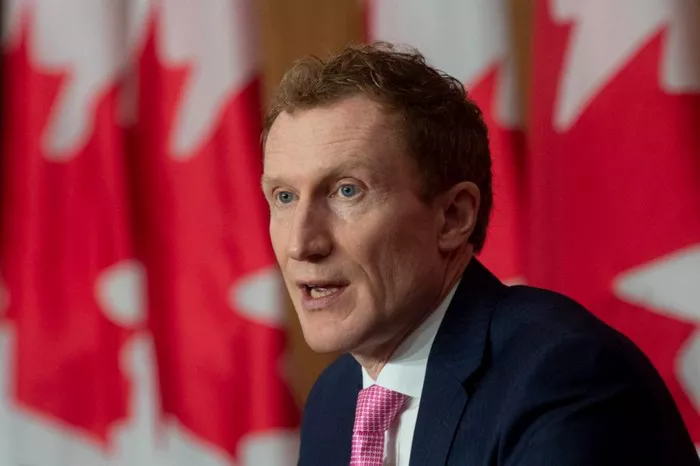In an effort to address Canada’s escalating population of temporary residents, Immigration Minister Marc Miller unveiled a strategy on Friday suggesting that granting permanent resident status could be a pivotal solution. However, he emphasized that not all temporary residents will automatically transition to permanent status.
During his first meeting with provincial and territorial counterparts since announcing the plan to impose limits on new temporary residents, Miller heard proposals from several provincial ministers advocating for the expansion of their immigration programs to facilitate the transition of temporary visa holders to permanent residents.
“The fact that people are already here means their impact on affordability has already been accounted for, so it’s a strategic move,” remarked Miller. “But it’s important to note that not everyone will have the entitlement to stay or be here in Canada.”
The objective is to mitigate Canada’s surging population growth by reducing the proportion of temporary residents from 6.2% in 2023 to five percent over the next three years.
The specifics of these new targets will be refined over the summer following input from provinces and territories. However, labor economist Mikal Skuterud cautioned against viewing these targets in isolation, emphasizing the interconnectedness of the immigration system.
Miller previously announced plans to limit the influx of international students by imposing a two-year cap on new admissions. The government is also striving to expedite the processing of asylum claims and has introduced legislative measures in the recent federal budget to streamline the deportation process for denied claims.
The pending issue of temporary work permit holders, the largest category, remains to be addressed. Miller has highlighted the labor market’s reliance on this workforce, which has seen a significant surge from 337,460 in 2018 to 605,851 by 2022.
Skuterud attributes this increase to changes in the criteria for permanent residency, which inadvertently incentivized lower-skilled workers to migrate to Canada with hopes of securing permanent residency. He suggests that creating a more predictable path to permanent residency could help alleviate this issue.
Negotiating how to allocate fewer temporary visas, which many employers depend on, will be a focal point for ministers. However, adjusting course is expected to present challenges.
In Manitoba, announcements of scaling back temporary immigration from Ottawa have led to a surge in applications to the provincial nominee program for permanent residency. In response, Miller has agreed to Manitoba’s request to extend federal work permits for approximately 6,700 newcomers, granting them more time to apply for permanent residency.
The new targets for temporary visas, set to be published in the fall, are anticipated to consider the labor needs of each province. While they may alleviate pressure on housing costs, they could also result in worker shortages, as noted by Andrew Grantham, an executive director at CIBC Economics.


